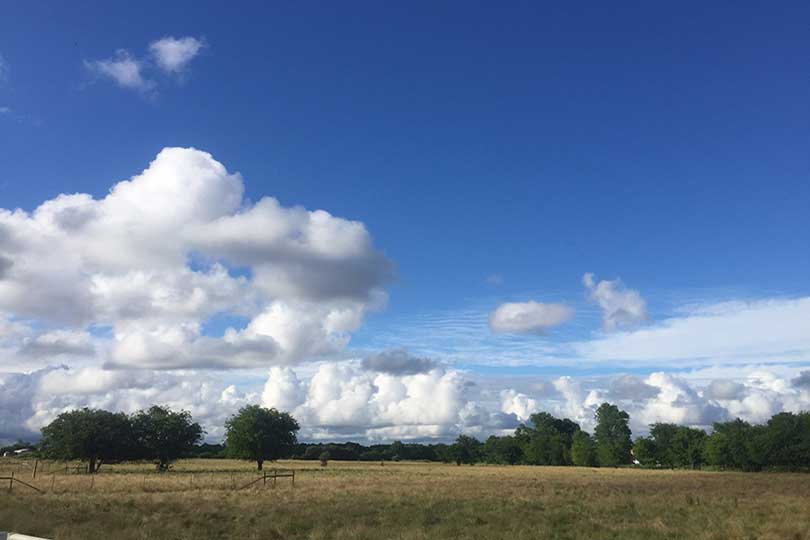By Kay Ledbetter
AgriLife Extension
Leasing is a common option for individuals who want to participate in agricultural operations but don’t own land or want to expand their operation.
Both the landlord and tenant may have a variety of reasons to enter into a lease agreement, said Austin Voyles, Texas A&M AgriLife Extension Service agriculture and natural resources agent in Potter County.
For the landlord, there’s cash flow while absent from the land, there’s little financial risk and continued tax valuation as farmland, among others, Voyles said. For the tenant, it is an option to buying expensive land, making large down payments, dealing with banks and paying interest and taxes.
“Most important will be how they decide to share the risk and identify the appropriate compensation.”
Voyles provided pointers during a recent “Why Lease Land or Livestock?” program in Amarillo.
The two basic types of leases are “cash rent” and “share rent,” he said. Cash rent is a predetermined payment made on a regular basis; share rent includes splitting land inputs and both reaping portions of the output.
Each has its good points and bad points, Voyles said. Cash rent is simple on both the landlord and tenant, if they can agree on a fair and equitable rate. It doesn’t affect a retiring landlord’s Social Security and it provides a fixed cost for the tenant.
However, the landlord is not able to take advantage of certain tax breaks for equipment. The tenant has the initial input costs to consider, as well as all the downside risk; if the crop doesn’t make, the payment still has to be made, Voyles said.
And maybe one of the biggest disadvantages to cash rent: determining a rent rate.
Voyles said establishing the rent rate can be one of the most complicated and contentious parts of the negotiations. Some items that must be considered are the fair market value in agricultural use, interest rates, rent-to-value ratio, taxes, land development, drainage, buildings, size, location and shape.
A variety of calculation methods can be used–owner cost approach, net share rent, percent land value, percent of gross revenue, dollar amount per bushel, fixed bushel and others, he said. His advice was to use more than one method to determine if they arrive at roughly the same amount.
“In the end, most people use the foundation method, which is look at the rental rates of comparable land and make any necessary adjustments,” Voyles said. “It’s simple.”
The U.S. Department of Agriculture National Agricultural Statistics Service, https://quickstats.nass.usda.gov/, provides many of the figures needed to fill out the calculation work sheets.
Share leases are not as simple and straightforward, Voyles warned, and they will take a lot of communication between the two parties of the negotiation. Many of the decisions about operations on the property are shared and will require agreement.
“A share rent can be very simple: split everything in half from start to finish,” he said. “Or you can calculate a percentage of the gross revenue and that is a little more complicated.”
Voyles said by including split costs of variable expenses, both landlord and tenant can encourage economical and optimal use of inputs to capture more revenue.
When it comes to pasture lease rates, he said both parties should know what their contribution is going to be up front.
A fixed per-acre or per-head rent is most common, and it shifts the market and production risk to the livestock owner. In this agreement, defined stocking rate limits are important, Voyles said. A fixed charge per pound of gain option puts more risk on the landowner and may require a higher rental rate.
A third option is share of gain, where both livestock owner and landowner set proportions of proceeds to share at the sale and they try to balance the risk each has involved.
Some homework will be involved to collect information on price of land, interest rate, taxes, land development costs for conservation practices, facilities such as pens and loading chutes, labor and management costs on the part of the landlord.
“If you want to base your payment on actual yields, you need to make sure that is in the agreement.”
Voyles said another kind of lease

